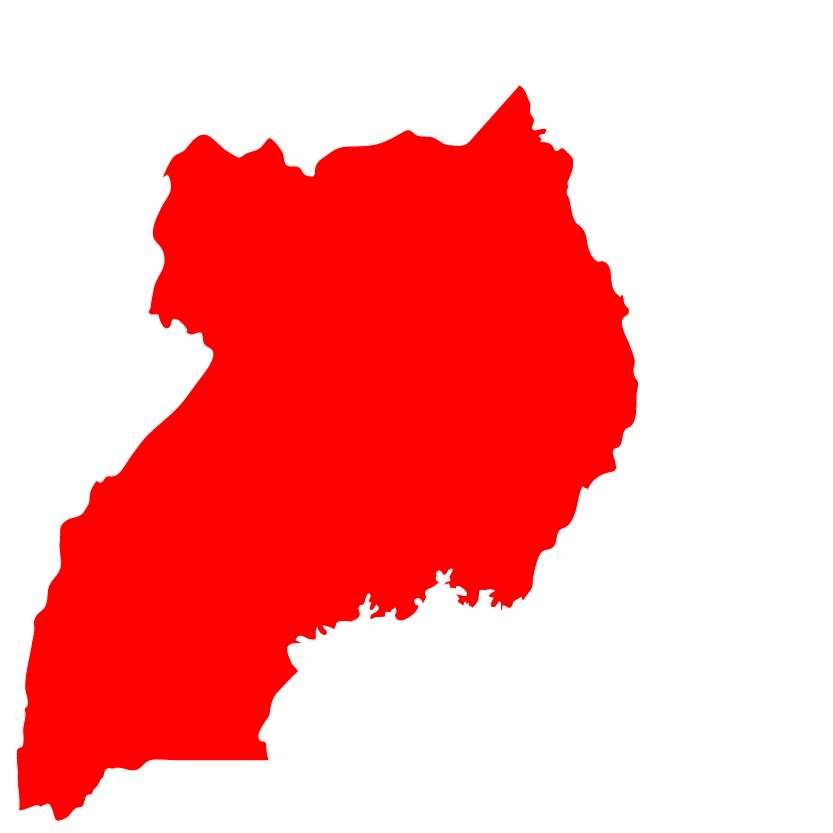Ensuring that we tackle unprecedented levels of crises using a full range of responses to effectively save lives and deliver sustainable development, peace, and advocacy requires enhanced understanding and collaboration within and between organizations. The HDP Nexus Approach offers the opportunity for actors from different sectors to learn from each other; It is an approach to programming that focuses on a better transition and rehabilitation. The Regional: Triple HDP Nexus Approach to the Protracted Crises in Jordan and Iraq – MEN251 has now been revised.
Improving the linkages between humanitarian aid, development cooperation, peacebuilding and advocacy is at the basis of inclusive, conflict sensitive, and adaptive programming.
Via this Pilot Humanitarian-Development-Peace Nexus or Triple Nexus Appeal MEN251, ACT Alliance Iraq Forum Member LWF and Christian Aid Program – Kurdistan Region (CAP), and ACT Alliance Jordan Forum Member MECC will explore how to jointly work towards sustainable peace and development, thereby improving each of their individual approaches and enabling the teams to better address multi-faceted challenges in fragile contexts and contexts of conflict. Together, the requesting members will plan, monitor and evaluate their interventions, share feedback and adapt their interventions towards greater contributions to peace, more coordination, cooperation and collaboration, as well as strategic planning and higher degrees of local ownership.
During the appeal implementation period, the requesting members shall create synergies and common learning goals to achieve collective outcomes based on shared, risk-informed, context-relative, region-specific and gender sensitive analysis. This can be achieved through flexibility on working modalities within interventions that integrate all three pillars, as well as through parallel, coordinated, and complementary interventions.
This revision welcomed a new requesting member: Christian Aid Program – Kurdistan Region (CAP). Christian Aid Program – Kurdistan Region (CAP) are a local member in Iraq that have newly joined the ACT Alliance. They focus on health, livelihoods, community services, advocacy, and preserving Eastern Christianity. Christian Aid Program – Kurdistan Region (CAP) provides humanitarian assistance to IDPs and host communities, with a focus on minorities (Christians and Yazidis) and the most disadvantaged and vulnerable populations in the Kurdish regions of Northern Iraq.
This revision has also adapted the appeal to provide a better implementation towards a Humanitarian-Development-Peace Nexus approach by consulting with ACT’s Nexus Reference group as well as gathering thoughts from the ground and rights holders. The appeal has also seen adjustments in activities and budget.
The needed budget for this appeal is USD 3,366,350
With your contributions, LWF Iraq, Christian Aid Program – Kurdistan Region (CAP) Iraq and MECC Jordan aim to support 96,635 individuals.

